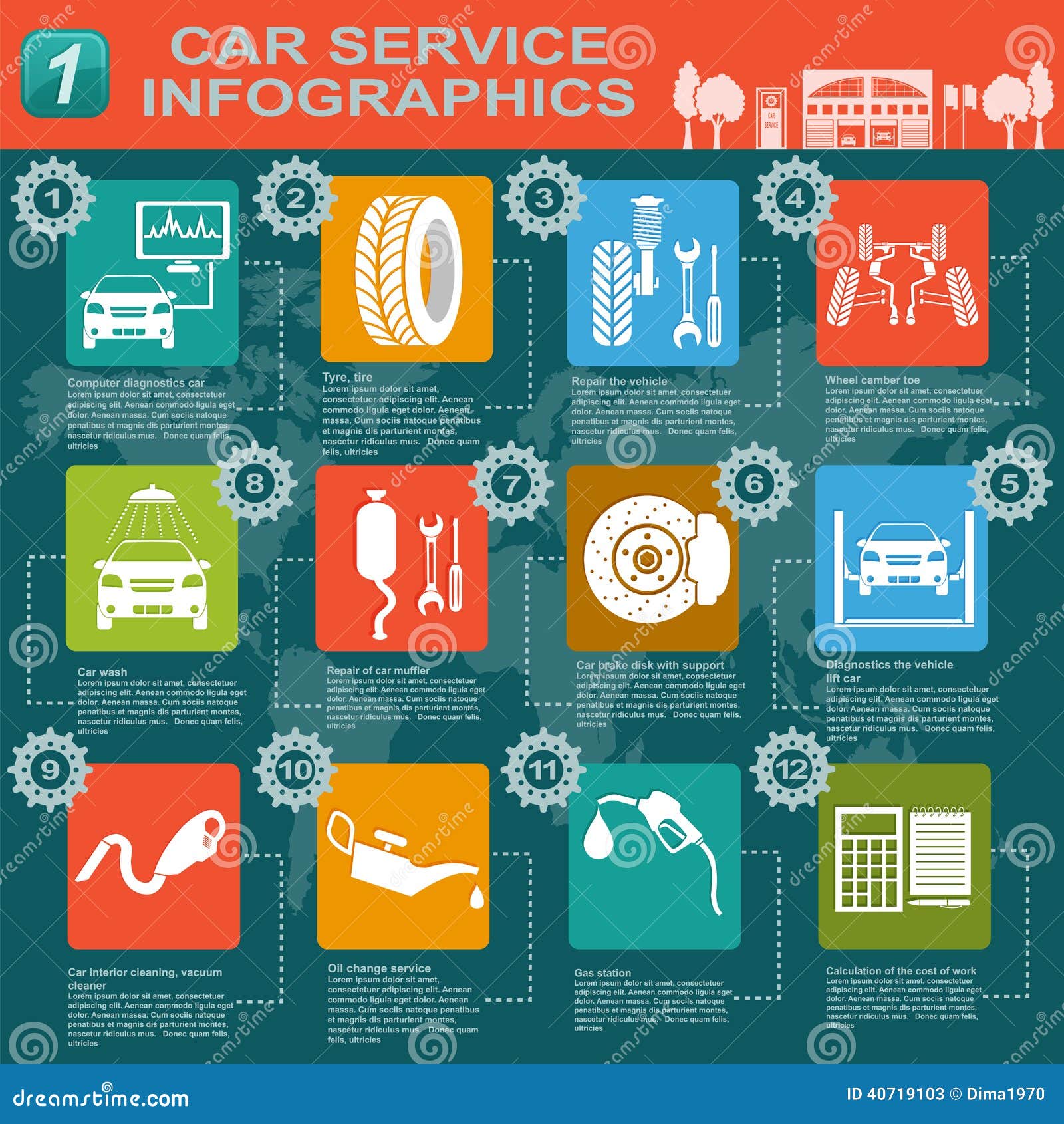Looking For Quality On The Caution Lights Presented On Your Car'S Dashboard? Discover Exactly How They Connect To Your Lorry'S Health And Safety
Looking For Quality On The Caution Lights Presented On Your Car'S Dashboard? Discover Exactly How They Connect To Your Lorry'S Health And Safety
Blog Article
Web Content Create By-Lauritsen Stark
When you lag the wheel, those glowing caution lights on your control panel can be a little bit complicated. Do you understand what they're trying to inform you about your cars and truck's health? Recognizing the value of these lights is crucial for your safety and the longevity of your lorry. So, the next time one of those lights turns up, wouldn't you wish to analyze its message properly and take the necessary steps to resolve it?
Common Caution Lights and Interpretations
Identify typical warning lights in your car and recognize their definitions to guarantee risk-free driving.
The most common warning lights include the check engine light, which signifies issues with the engine or exhausts system. If this light begins, it's essential to have your automobile inspected without delay.
The oil pressure alerting light indicates reduced oil stress, calling for immediate attention to prevent engine damage.
A blinking battery light may recommend a malfunctioning billing system, potentially leaving you stranded if not attended to.
The tire stress tracking system (TPMS) light notifies you to low tire pressure, impacting lorry stability and gas performance. Ignoring this could lead to dangerous driving conditions.
The ABS light indicates an issue with the anti-lock stopping system, compromising your ability to quit swiftly in emergencies.
Finally, the coolant temperature alerting light warns of engine getting too hot, which can lead to serious damages otherwise settled swiftly.
Understanding these usual warning lights will aid you deal with issues quickly and keep risk-free driving problems.
Value of Prompt Interest
Understanding the common warning lights in your car is just the first step; the importance of immediately resolving these cautions can't be stressed enough to ensure your safety and security on the road.
When a caution light illuminates on your dashboard, it's your automobile's way of connecting a possible issue that requires focus. Overlooking these cautions can lead to much more severe issues later on, compromising your safety and possibly costing you extra out of commission.
Trigger focus to cautioning lights can avoid malfunctions and mishaps. For example, a blinking check engine light could indicate a misfire that, if left unattended, might create damages to the catalytic converter. Resolving this without delay can save you from an expensive repair service.
Likewise, car restoration specialists cautioning light could signify low brake liquid or used brake pads, crucial elements for your safety and security when driving.
DIY Troubleshooting Tips
If you observe a caution light on your control panel, there are a few do it yourself repairing pointers you can attempt prior to looking for expert help.
The very first step is to consult your car's guidebook to understand what the details warning light shows. In some cases the problem can be as simple as a loosened gas cap triggering the check engine light. Tightening up https://oilchangeservicenearme73940.blog-eye.com/30047729/the-breathtaking-modification-of-an-overlooked-vehicle-reveals-the-phenomenal-power-of-professional-detailing-methods-get-ready-to-be-truly-astonished-by-the-results may deal with the problem.
https://www.consumerreports.org/car-maintenance/car-care-and-maintenance-during-the-coronavirus-covid-19-a2193482887/ is a reduced battery, which can cause various alerting lights. Inspecting the battery connections for corrosion and guaranteeing they're safe and secure could take care of the trouble.
If a caution light persists, you can attempt resetting it by detaching the car's battery for a couple of minutes and afterwards reconnecting it. Additionally, examining your automobile's fluid degrees, such as oil, coolant, and brake fluid, can help fix warning lights connected to these systems.
Verdict
Finally, comprehending your automobile's caution lights is essential for keeping your car running smoothly and safely. By promptly addressing these informs and understanding what they indicate, you can prevent pricey fixings and potential break downs.
Bear in mind to consult your car's handbook for specific details on each advising light and do something about it as necessary to ensure a hassle-free driving experience.
Keep educated, remain secure when driving!
